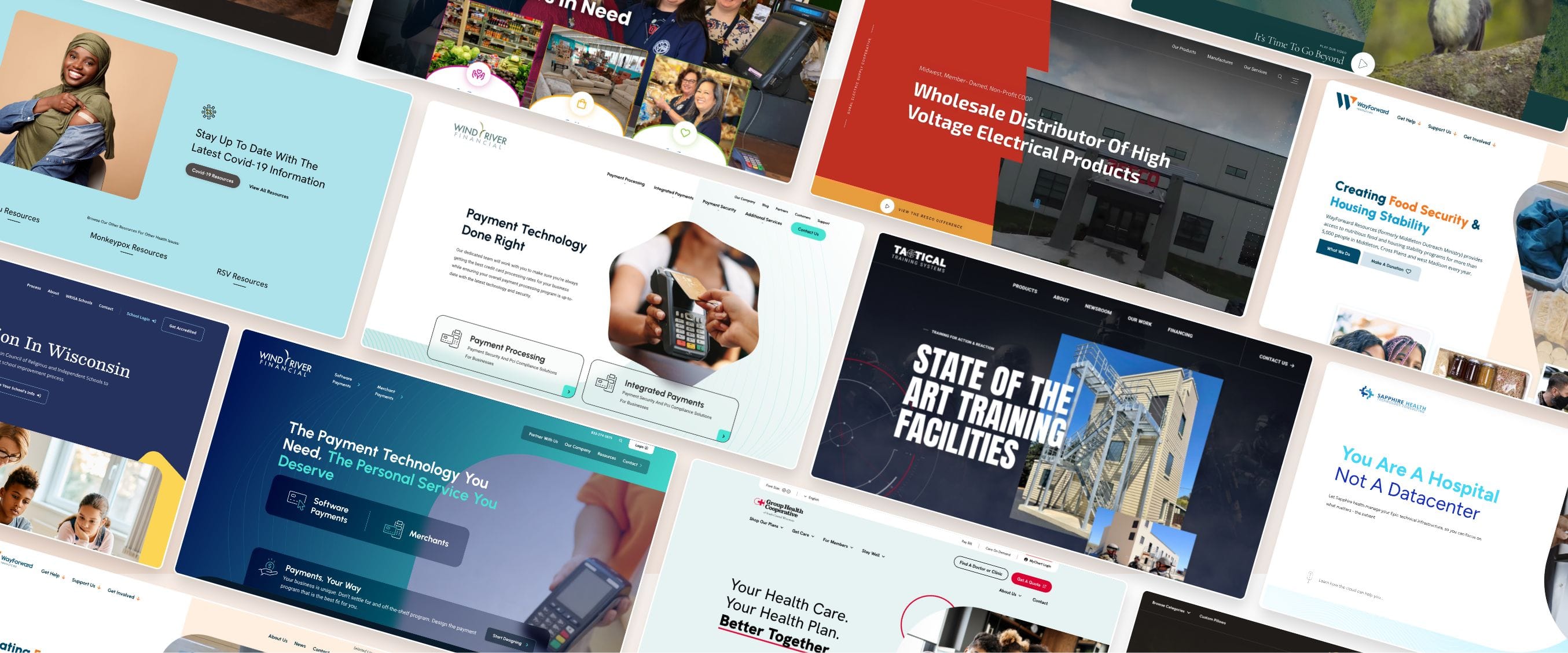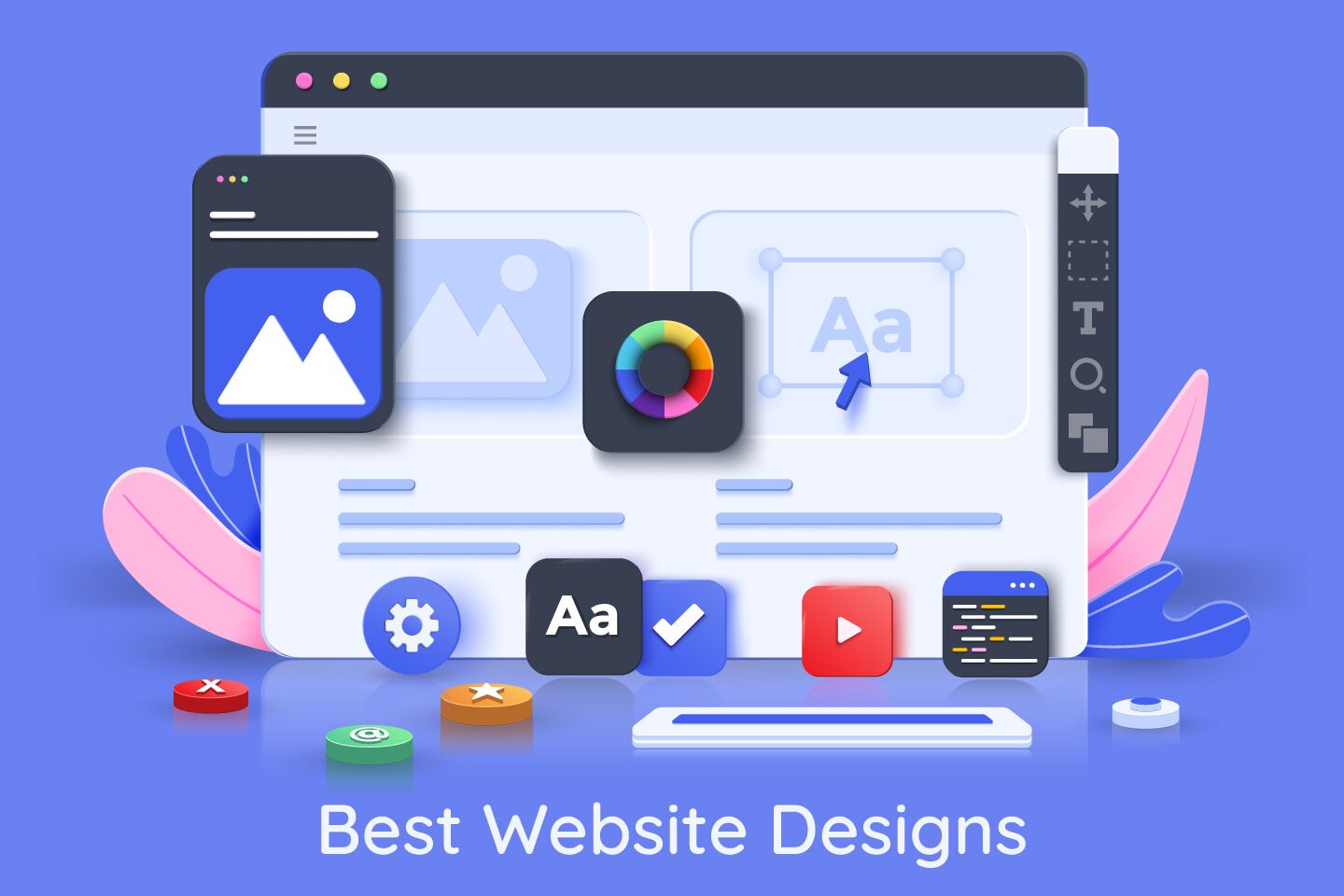Top Tips for Producing an Impactful Web Site Style That Transforms
To accomplish this, one must take into consideration a variety of variables, including comprehending the target audience, prioritizing user experience, and maximizing for mobile platforms. The calculated use of compelling call-to-actions and a distinct visual pecking order plays a crucial function in leading users with their trip.

Understand Your Target Audience
Comprehending your target market is basic to effective site style, as it prepares for developing an engaging user experience. Determining that your customers are, including their demographics, choices, and actions, enables designers to tailor the site's material, design, and performance to fulfill details demands.
Performing comprehensive market research study is vital in this procedure. Studies, interviews, and analytics can supply useful understandings right into individual expectations and pain points. By compiling this information, developers can develop individual identities that represent various sections of the target market, guaranteeing that layout decisions are informed and pertinent.
Moreover, recognizing the target market assists in picking suitable layout components such as color design, typography, and imagery that resonate with customers. An internet site that talks straight to its audience fosters a feeling of connection and count on, urging longer brows through and greater conversion rates.
Inevitably, a user-centered technique to site design not just improves customer contentment however also sustains business purposes by driving interaction and commitment. By prioritizing the demands and preferences of the target audience, an internet site can efficiently offer its function and attain preferred end results.
Prioritize Individual Experience
To boost the overall performance of a site, focusing on user experience (UX) is necessary (Website Design). A well-designed UX makes sure that visitors can browse the website effortlessly, discover details rapidly, and involve with material meaningfully. This results in raised user fulfillment and greater conversion rates
Begin by executing instinctive navigation. Menus ought to be rationally structured, permitting users to find crucial locations of the site with minimal effort. Uniformity in layout components, such as color pattern and font styles, promotes knowledge, which is crucial for maintaining individual interaction.
In addition, take into consideration the filling rate of your website. A delay of just a few seconds can result in considerable drop-offs, as individuals are less likely to wait on a slow-loading page. Enhancing pictures and enhancing code can improve performance and keep visitors.
By focusing on user experience, you not just create a much more enjoyable atmosphere for site visitors however additionally strengthen your brand name's reliability. Inevitably, a focus on UX is an investment in the lasting success of your site.
Maximize for Mobile Devices
Enhancing for mobile tools is important in today's electronic landscape, where an enhancing variety of customers access web sites via smartphones and tablets. A mobile-friendly style not just enhances user experience however additionally plays a significant role in enhancing online search engine rankings. To accomplish this, it is important to adopt a receptive style that instantly changes to numerous display sizes and alignments.

Filling speed is another critical factor; mobile customers are normally less patient and anticipate quick access to details. Enhance images and leverage internet browser caching to enhance performance. Test your web site on multiple tools and screen resolutions to recognize and correct any kind of prospective use problems. By focusing on mobile optimization, you make sure that your website stays affordable and efficiently involves a broader target market.
Usage Engaging Call-to-Actions
A site's efficiency often hinges on its capability to assist site visitors towards desired actions, making compelling call-to-actions (CTAs) necessary parts of design. CTAs work as the critical points that guide individuals to involve with the website, whether that suggests purchasing, enrolling in a newsletter, or downloading a resource.
To produce efficient CTAs, clearness is vital. Usage concise directory language that clearly interacts the action you want the user to take. Phrases such as "Start," "Register Free," or "Store Now" not just share necessity yet likewise get rid of uncertainty. The placement of CTAs is equally important; they should be strategically positioned throughout the page to guarantee they are conveniently visible, especially in high-traffic locations.
Furthermore, the design of CTAs should attract attention without being interfering. Utilize contrasting colors and clear fonts to guarantee they catch attention. In addition, think about using directional signs, such as arrows or images, to lead individuals towards these switches. By focusing on these components, companies can considerably boost individual involvement, driving conversions and eventually achieving their internet site's goals.
Concentrate On Visual Power Structure
Effective web site design depends greatly on a well-structured visual hierarchy that guides individuals through material flawlessly. By organizing elements in a way that focuses on info, designers can improve individual experience and assist in decision-making. This includes using size, shade, comparison, and spacing tactically to accentuate one of the most important components of a website.
The usage of larger typefaces for headings and subheadings establishes a clear distinction between different areas, enabling users to check content easily. Additionally, employing contrasting shades for buttons and calls-to-action can catch individual attention and encourage communication. Whitespace is one more crucial component; it protects against clutter and makes it possible for customers to focus on vital messages without disturbances.
Photos and graphics must complement the message while also adhering to the established pecking order, reinforcing the total message (Website Design). Uniformity in layout aspects, such as color design and typography, additional strengthens the visual pecking order, making navigating instinctive

Conclusion
In final thought, effective website layout requires a detailed understanding of the target audience, prioritization of individual experience, and mobile optimization. Inevitably, a well-executed site layout offers as a vital element in driving user actions and accomplishing business purposes.